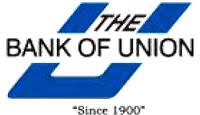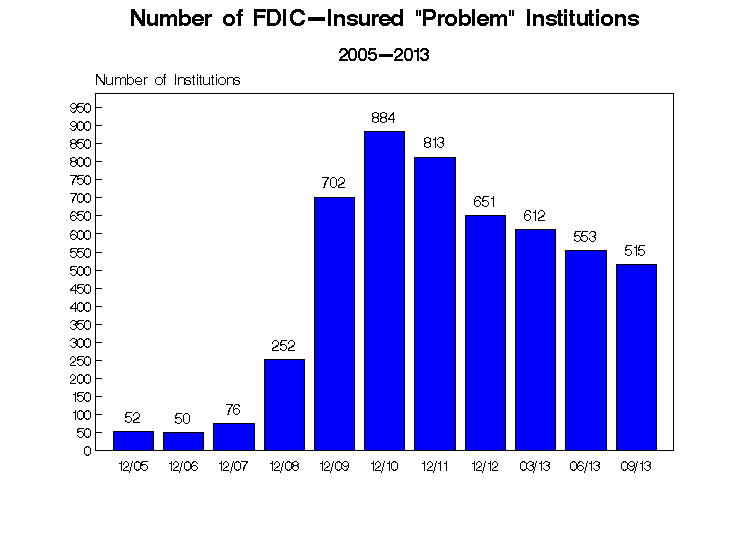 The second bank failure of 2014 occurred today when regulators closed down The Bank of Union, El Reno, OK. Founded in 1900, The Bank of Union had survived financial panics, depressions and two world wars but found itself unable to cope with a massive amount of defaulted loans.
The second bank failure of 2014 occurred today when regulators closed down The Bank of Union, El Reno, OK. Founded in 1900, The Bank of Union had survived financial panics, depressions and two world wars but found itself unable to cope with a massive amount of defaulted loans.
As of September 30, 2013, The Bank of Union had an astronomical troubled asset ratio of 330% and its capital levels were virtually depleted. The troubled asset ratio compares the amount of defaulted loans to the level of capital. When a bank’s troubled asset ratio exceeds 100% the odds of recovery are close to zero and regulators are required to take action to protect depositors.
After closing down The Bank of Union, the Oklahoma State Banking Department appointed the FDIC as receiver. To protect insured depositors, the FDIC sold the insolvent bank to BancFirst, Oklahoma City, OK, which will assume the deposits of The Bank of Union. Both branches of The Bank of Union will reopen as branches of BancFirst and deposit insurance will continue uninterrupted up to the applicable limits. Over the weekend, depositors of The Bank of Union will have access to their money through the use of ATMs, checking accounts and debit cards.
Some depositors who had funds in The Bank of Union held in the name of a broker will have to wait for their money until the broker completes a series of paperwork required by the FDIC. Brokered deposits typically represent money that is searching for above average CD rates. Although brokered funds are covered by FDIC deposit insurance, the FDIC will not release the brokered deposits until the broker completes the necessary paperwork to prove account ownership. In addition to waiting for their funds, depositors with brokered CDs will be cashed out regardless of the original rate and term of the CD and will have to reinvest their money elsewhere.
As of September 30, 2013, The Bank of Union had total deposits of $328.8 million and total assets of $331.4 million. BancFirst agreed to purchase only $225.5 million of The Bank of Union’s assets leaving the FDIC stuck with the balance of $105.9 million which will be held by the FDIC as “resolution receivables”. As of September 30, 2013 the FDIC was holding a total of $16.9 billion in failed bank assets classified as resolution receivables down from $23.1 billion in the previous year. At the height of the banking crisis during 2009, the amount of resolution receivables held by the FDIC had ballooned to $38.4 billion.
Although the number of problem banks has declined by 40% over the past ten quarters from 888 to 515, the number of problem banks still remains very high by historical standards. More than six years after the banking crisis began problem banks still represent 7.4% of all FDIC insured institutions. Prior to the banking crisis that began in 2008 the number of problem banks were almost statistically insignificant. Since 2008 a total of 491 banks have collapsed as a result of capital depletion caused by defaulted loans.
 The cost to the FDIC deposit insurance fund for the failure of The Bank of Union is estimated at $70.0 million. The Bank of Union is the second banking failure of 2014. The previous bank failure in Oklahoma occurred in June 2012.
The cost to the FDIC deposit insurance fund for the failure of The Bank of Union is estimated at $70.0 million. The Bank of Union is the second banking failure of 2014. The previous bank failure in Oklahoma occurred in June 2012.


